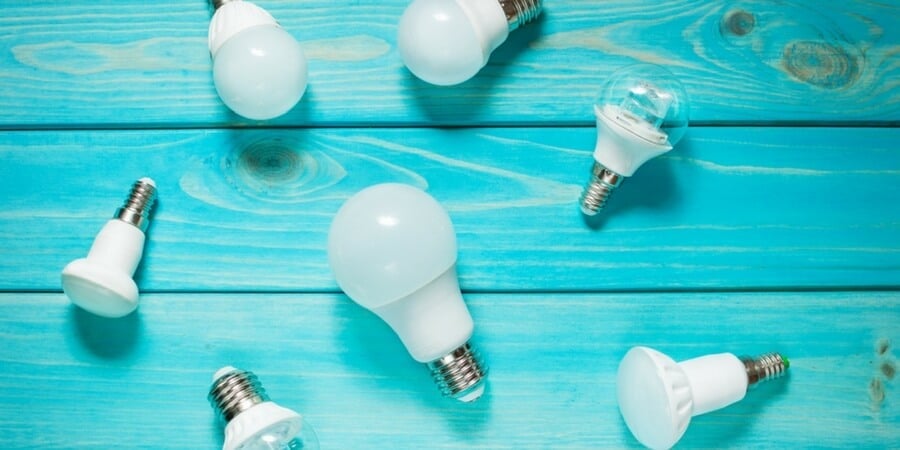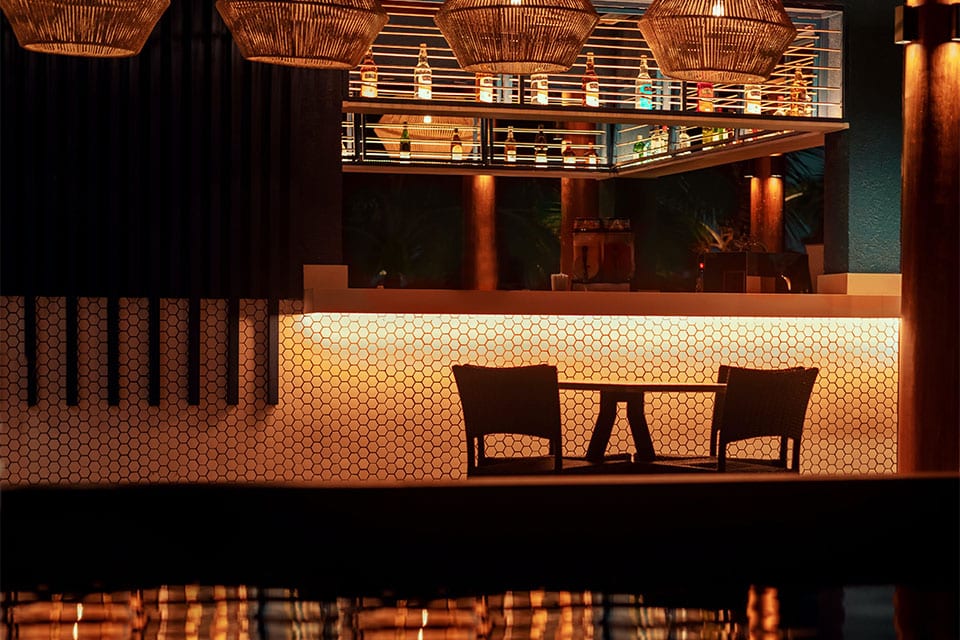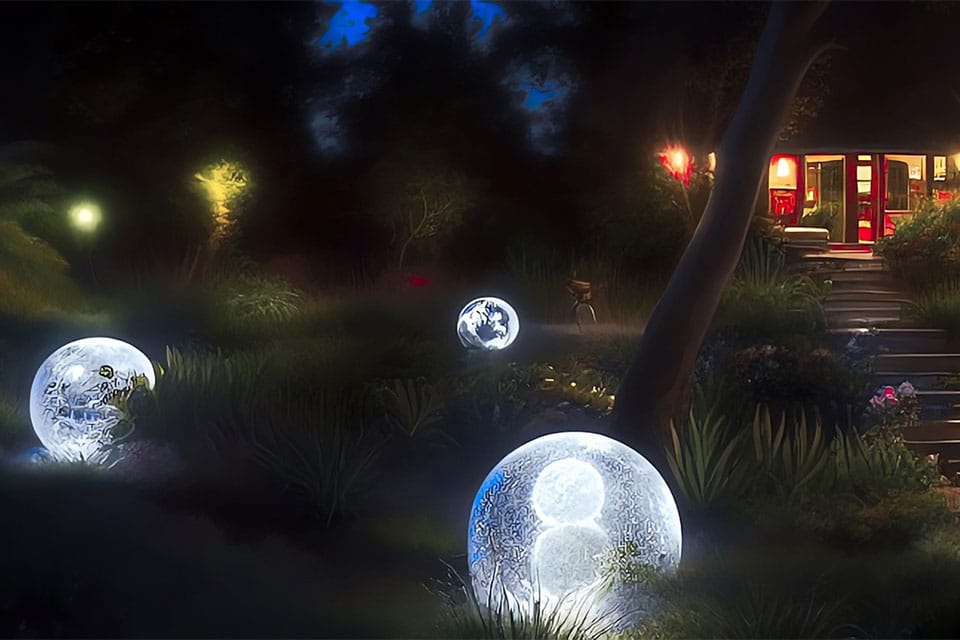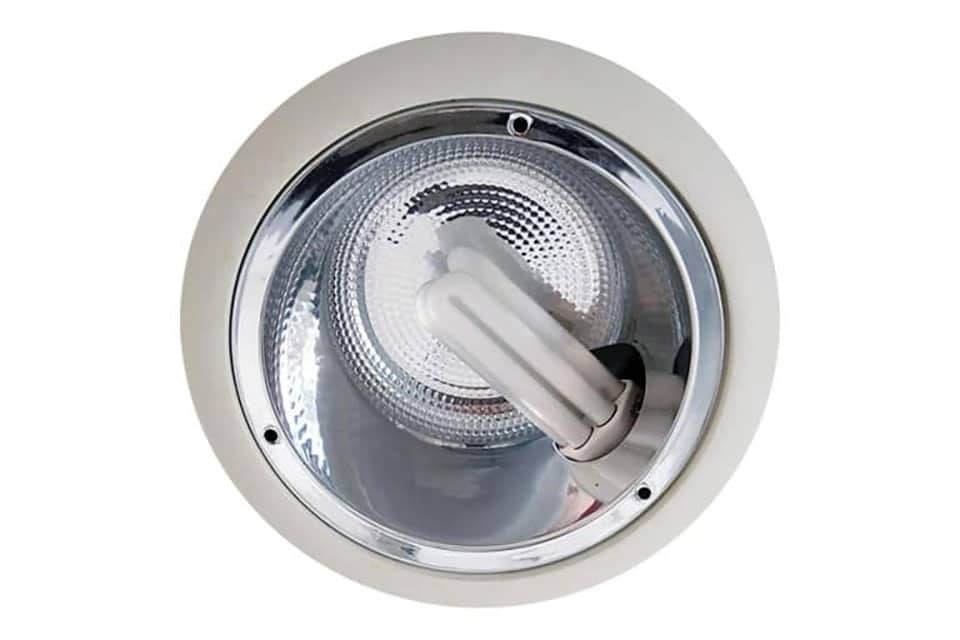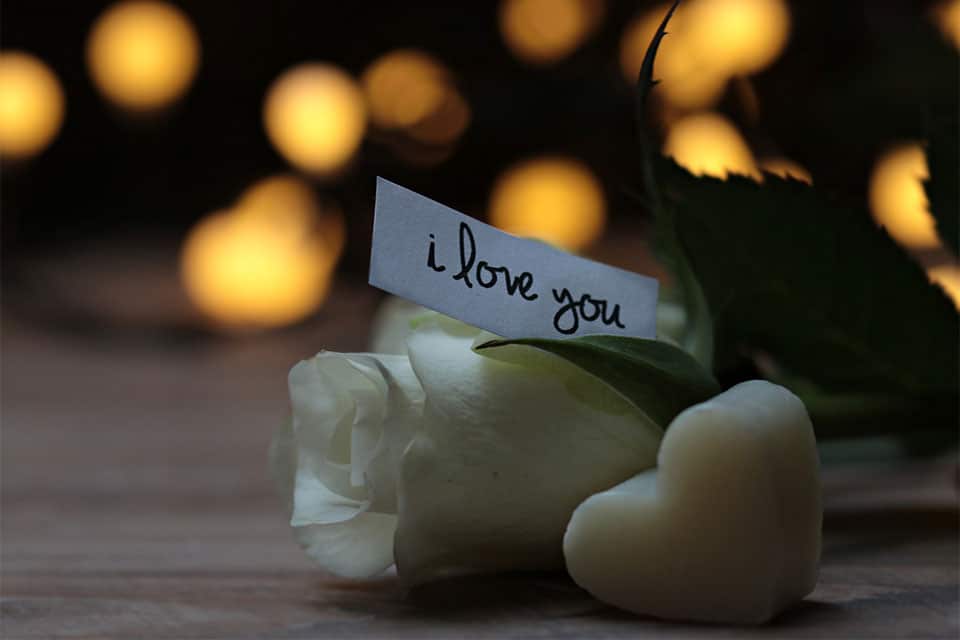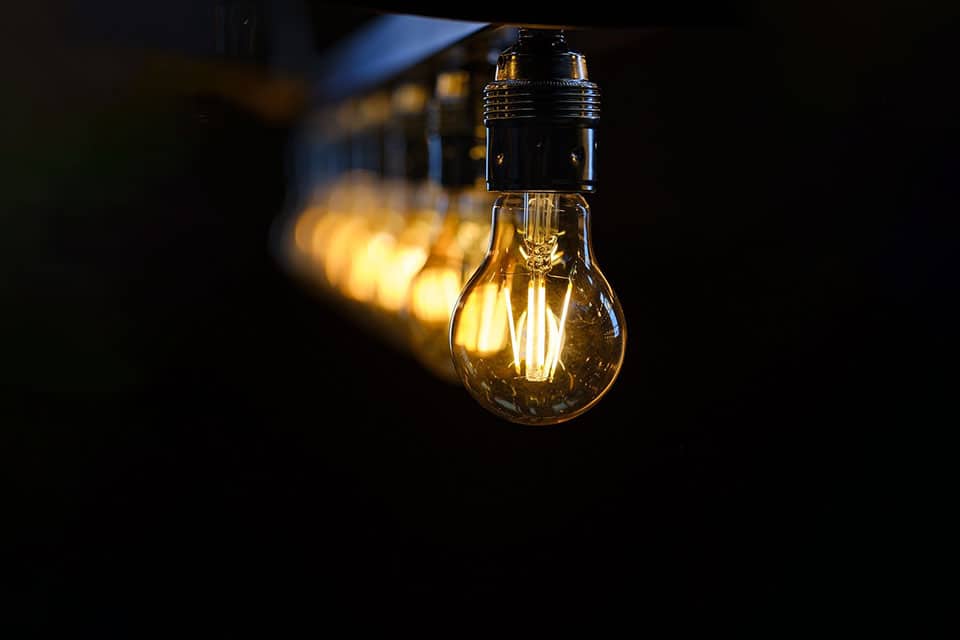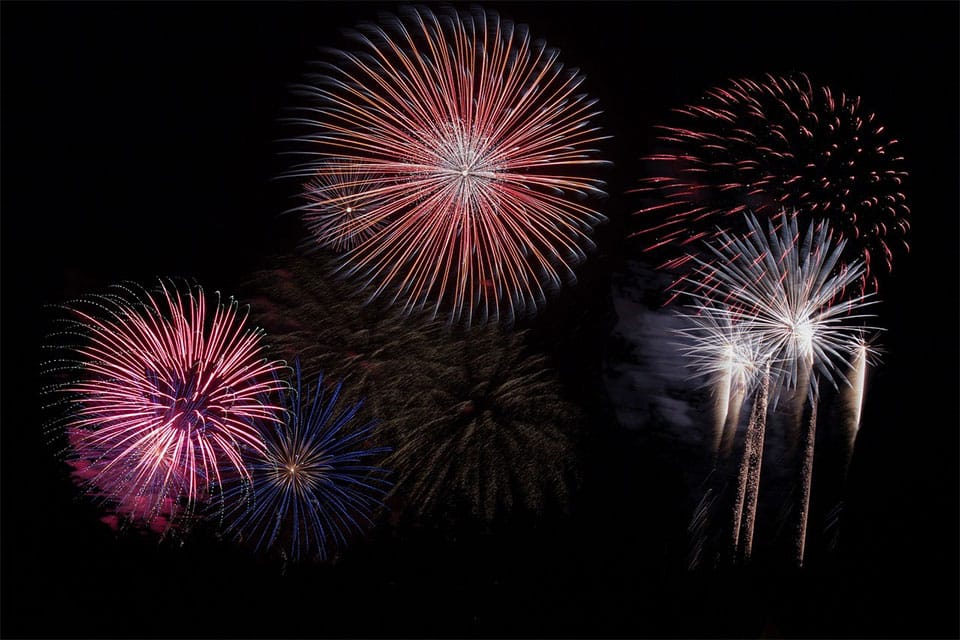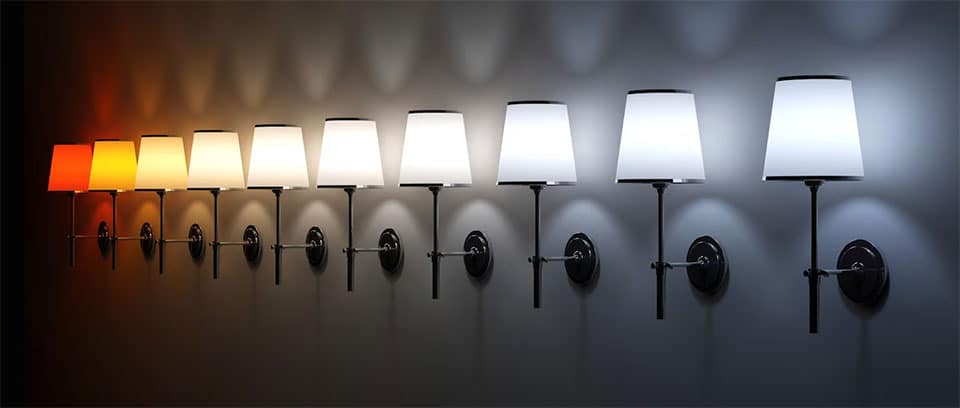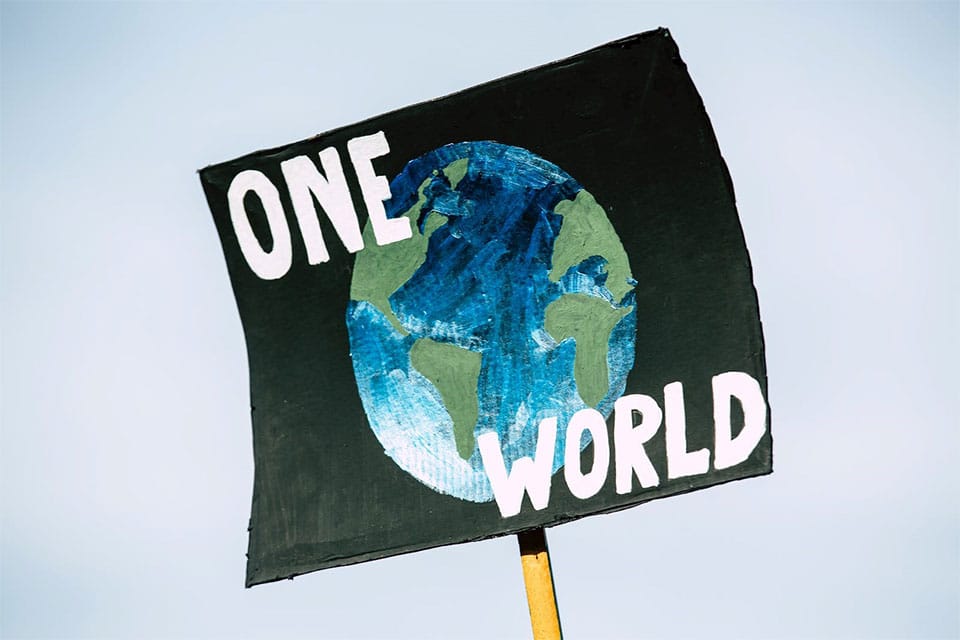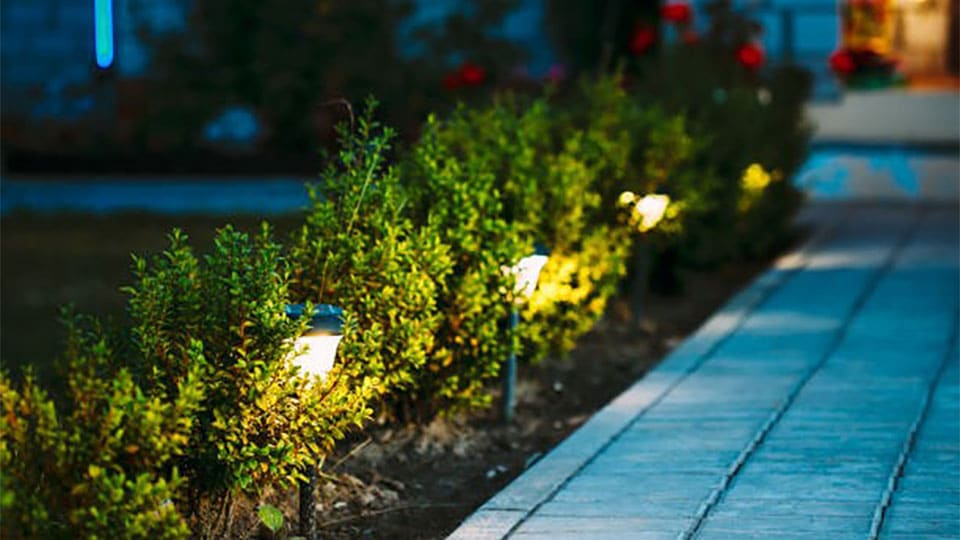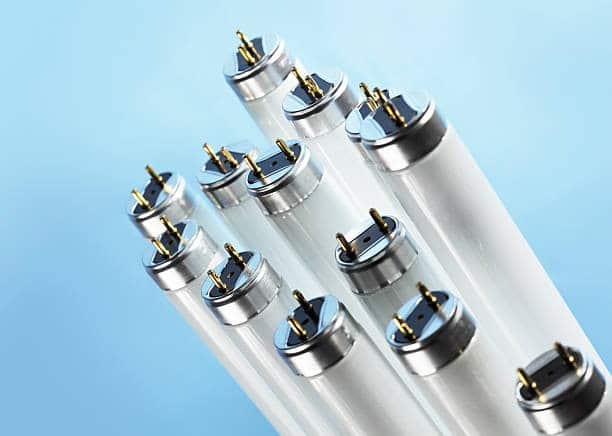Not all light bulbs can be thrown in the bin. Fluorescent tubes, Compact Fluorescent and LEDs contain materials that are harmful to the environment if not disposed of properly, which has led to legislation that aims to make properly disposing of light bulbs and other electronic waste easier for consumers.
This legislation, called the Waste Electrical and Electronic Equipment (WEEE) Directive, is now UK and European law. The WEEE Directive requires producers – not consumers – to pay for the collection, treatment, and recovery of waste electrical equipment. This means that retailers must allow consumers to return their waste equipment, including certain types of light bulbs, free of charge.
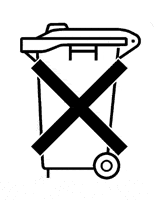 The amount of WEEE we throw away is increasing each year and is the fastest growing waste stream in the UK. Disposing of light bulbs and other WEEE properly is important because some bulbs contain hazardous materials that can be harmful to people and the environment, and it also makes it easier to re-use the valuable materials from dead bulbs.
The amount of WEEE we throw away is increasing each year and is the fastest growing waste stream in the UK. Disposing of light bulbs and other WEEE properly is important because some bulbs contain hazardous materials that can be harmful to people and the environment, and it also makes it easier to re-use the valuable materials from dead bulbs.
How do you know if your bulbs are included in WEEE legislation? The relevant electrical goods should be marked with a crossed-out wheelie bin symbol. If you see this symbol, you know that these bulbs need to be disposed of separately according to proper procedures.
We are part of the Recolight compliance scheme, please visit their website for the latest rules and regulations regarding the correct disposal of lightbulbs (www.recolight.co.uk) or contact us for further information.
How To Dispose of Light Bulbs and Batteries
Only incandescent and halogen bulbs can be disposed of with your regular trash. This is because they do not contain any harmful chemicals or components that require special handling. Other bulbs, including CFLs and some LEDs, must be disposed of properly.
How to Dispose of Incandescent Bulbs
Expired incandescent bulbs should be disposed of with your household rubbish. Don’t be tempted to recycle them – they cannot be recycled with regular glass because they contain fine wires that are very difficult to separate, and the costs to recycle these bulbs are prohibitively high.
PRO TIP: Consider wrapping incandescent bulbs or disposing of them in a box in case they shatter.How to Dispose of Halogen Bulbs
Like incandescent bulbs, halogen bulbs can be disposed of with your normal household waste. They should not be recycled, and it’s a good idea to wrap these bulbs in something before you throw them out in case they shatter.
How to Dispose of Fluorescent and Compact Fluorescent (CFL) Bulbs
CFL light bulb disposal is not as straightforward as discarding old incandescent or halogen bulbs. All fluorescent and discharge lamps are now classified as hazardous waste in line with the WEEE Directive. This is because most fluorescent lamps contain potentially harmful substances, particularly mercury, lead, and cadmium.
When you dispose of fluorescent and CFL bulbs in your regular rubbish, the risk of bulb breakage is high. When these bulbs break, they can release harmful substances into the air and nearby water sources. These substances can be absorbed through the skin or by inhalation, which could be harmful to you as well as any waste management workers.
In addition to these safety considerations, properly recycling CFLs according to WEEE legislation also ensures that the valuable parts of the lamp, such as glass and metal components, are not lost.
What To Do if a CFL Breaks
The chemicals inside CFLs can be harmful if a bulb breaks. If you accidentally break a CFL, follow these steps:
- Put on gloves and a mask to shield yourself from the chemical dust.
- Collect all broken bits in an airtight container using a damp paper towel.
- Turn off all central air conditioning and fans for 15 minutes.
- Take the bulb to a recycling site.
How to Dispose of LED light Bulbs
Most LEDs do not contain harmful substances like CFLs, so they can be disposed of like regular incandescent bulbs. Before you toss your used LEDs, make sure they are safe to throw away with your household rubbish – or better yet, recycle your used LEDs.
Recycling LEDs ensures that the valuable materials in your old bulbs can be re-used. If you wish to recycle your LEDs, keep reading to learn more about our online recycling program.
The Lightbulb Co. Take Back Policy
Not sure where to dispose of your light bulbs? In partnership with Recolight, we’re happy to offer a cost-effective and hassle-free recycling service for all types of fluorescent and discharge lamps.
Our take-back policy ensures that you can replace your WEEE bulbs on a like-for-like basis when you buy a new bulb from our online shop. Dead bulbs must be returned within 28 days of purchasing the new item.
We offer four methods for disposing of light bulbs:
- Using a variety of storage containers to meet your size and volume requirements
- Containers delivered right to your door
- Free collection on larger items
- Replacement containers are supplied with each collection
Download our lamp disposal brochure (PDF) to learn more about our Take Back policy, or view the LIF official statement regarding the handling and disposal of lamps here.
Please contact us for more details of our lamp disposal service.
Environmental Protection Act 1990 [EPA]
Health & Safety at Work etc. Act 1974 [HASAWA]
Integrated Pollution and Prevention Control Act 1999 [IPPC]
Control of Substances Hazardous to Heath [COSHH]
Waste Electrical & Electronic Equipment Directive [WEEE]





















































































